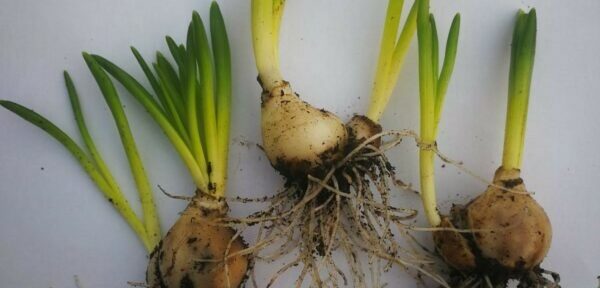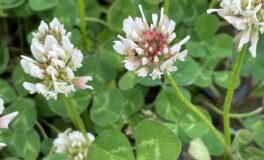Spring is the season of renewal and growth, and one of the best ways to welcome the warmer weather is by planting bulbs in March. Bulbs are an easy and cost-effective way to add colour and life to your garden or outdoor space. They require little maintenance once planted. In this blog post, we’ll cover everything you need to know about planting bulbs, from choosing the right bulbs to caring for them after planting.
Choosing the Right Bulbs
The first step in planting bulbs is choosing the right bulbs for your garden or outdoor space. Some popular spring-blooming bulbs include tulips, daffodils, crocuses, and hyacinths. When selecting bulbs, look for plump, firm bulbs with no signs of mould or damage. It’s also important to choose bulbs that are appropriate for your climate conditions as different bulbs thrive in different conditions.
Preparing the Soil
Before planting your bulbs, it’s important to prepare the soil to ensure optimal growth. Begin by removing any weeds or debris from the area where you plan to plant. Then, loosen the soil to a depth of about 6 inches. Then mix in some compost or other organic matter to improve drainage and soil quality.
Planting the Bulbs
Once the soil is prepared, it’s time to plant the bulbs. The depth and spacing of the bulbs will depend on the type of bulb you’re planting, so be sure to follow the instructions on the packaging. As a general rule, most bulbs should be planted at a depth that is two to three times their height. For example, if you’re planting a bulb that is 2 inches tall, it should be planted at a depth of 4 to 6 inches.
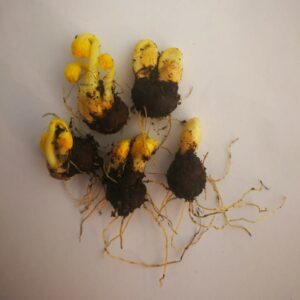 |
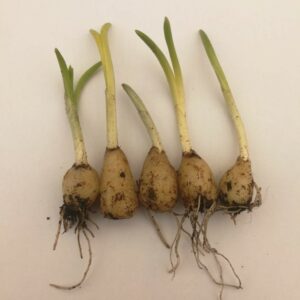 |
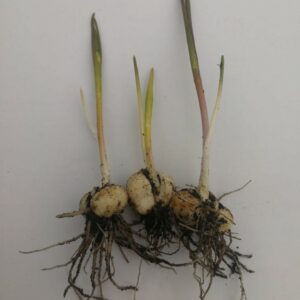 |
 |
    |
    |
After planting the bulbs, cover them with soil and water thoroughly. This will help to settle the soil and ensure that the bulbs are hydrated.
Caring for Bulbs
After planting your bulbs, it’s important to care for them properly to ensure that they thrive. During the first few weeks after planting, keep the soil moist but not waterlogged. Once the bulbs begin to sprout, you can water them less frequently, as they will begin to draw moisture from the soil.
It’s also important to fertilise your bulbs periodically to provide them with the nutrients they need to grow. You can use a slow-release fertilizer or a liquid fertilizer, but be sure to follow the instructions on the packaging to avoid over-fertilising.
Finally, it’s important to protect your bulbs from pests and other potential threats. You can use a repellent or netting to keep animals like squirrels and rabbits away from your bulbs, and be sure to remove any weeds or other plants that may compete with your bulbs for nutrients.
In conclusion, planting bulbs in March is a great way to welcome the arrival of spring and add colour and life to your garden or outdoor space. By choosing the right bulbs, preparing the soil properly, and caring for your bulbs after planting, you can enjoy a beautiful display of spring flowers for years to come. Happy planting!
